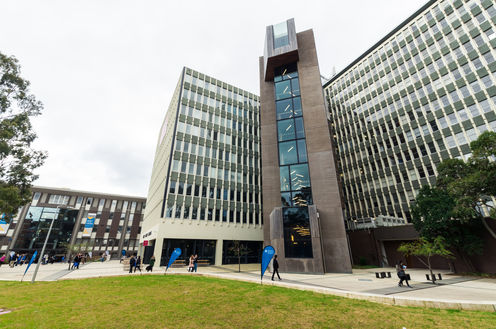
Six Australian universities made the top 100 best global research institutions in the 2016 Academic Ranking of World Universities (ARWU), released today – two more than the previous year.
Monash University and the University of Sydney were the two newcomers to the top 100 club, joining Melbourne, Queensland, Western Australia and Australian National University.
More than half of Australia’s public universities now feature in the world’s best 500 research institutions.
This year marks a change in the methodology to the ARWU rankings, which is based purely on a university’s research performance.
“The ARWU is noted for the stability of its methodology, which means that normally, unless an institution won a Nobel Prize or recruited a large number of Highly Cited Researchers, large movements did not occur,“ said Natalie Mast, associate director for performance analytics at the University of Western Australia.
“The main driver of movement this year has been a change in the methodology used to determine highly cited research criteria,” she said.
“Previously, ARWU utilised both the old and the new highly cited researcher lists, and this is the first year that only the new list was used.”
The old list included anyone who had been named a highly cited researcher up to 2011, and included publications going back to 1981. The new list, which was developed in 2014, is updated annually, and focuses on publications from the last decade.
Mast said: “This has allowed Chinese universities – Tsinghua and Peking – to break into the top 100 for the first time.”
Within the ARWU rankings, 50% of the total score of an institution is determined by a small number of individuals, made up of Nobel Prize winners (staff and alumni) and highly cited researchers.
Mast noted: “The ARWU has traditionally favoured established universities, as Nobel Prizes awarded to alumni and staff, which can provide a value for up to 100 years, have a significant impact. By changing the highly cited research criterion, newer universities have an greater opportunity to rise in the ranking.”
“There had been agitation from ARWU and universities, which urged Thomson Reuters to clean the list. It was advantageous to older researchers because they had a longer body of work. Now it allows high-performing mid-career researchers to be classified as highly cited,” said Mast.
The rankings point to some interesting global trends. While older universities in Europe and the US seem to be falling in these rankings, those universities in Spain, China, South Korea and Australia are on the rise.
She added that, through increased investment, Chinese universities were likely to continue to improve in these rankings.
Mast noted that the rankings needed to be viewed in perspective. “The score assigned to an institution in the ARWU is a percentage of the top-ranked institution, which has always been Harvard. This year, the university ranked 100. The University of Utah, attained a score of 25.4.”
According to Tony Shiel, deputy director of the office for research at Griffith University, these results show that you get a consistently good university education in Australia.
“The rankings show that Australia has a good top end, and middle end, meaning that quality runs deeply across the sector,” said Shiel.
Western Sydney University and RMIT made the top 500 list for the first time – both have recently invested in research.
QUT, which now features in the top 300, wasn’t even in top 500 two years ago.
“There are a few making quick rise,” said Shiel. “Whether that continues or not will be interesting to see.”
“Research is important as it enhances the brand, which then in turn attracts international students,” said Shiel.
These rankings place Australia in a good position in a fast moving part of the world, he added.
“It positions us well to have better collaborations with Asian partners, especially in China, as we will be taken more seriously,” he said.
Howerver, Shield said these results were just another indicator and we should not place blind trust in these outcomes, no matter how positive.
Harvard, Standford and UC Berkeley universities gained the top three spots for being the best in the world at research.
While the US had 50 universities in the top 100, the UK featured the second highest with eight universities.
